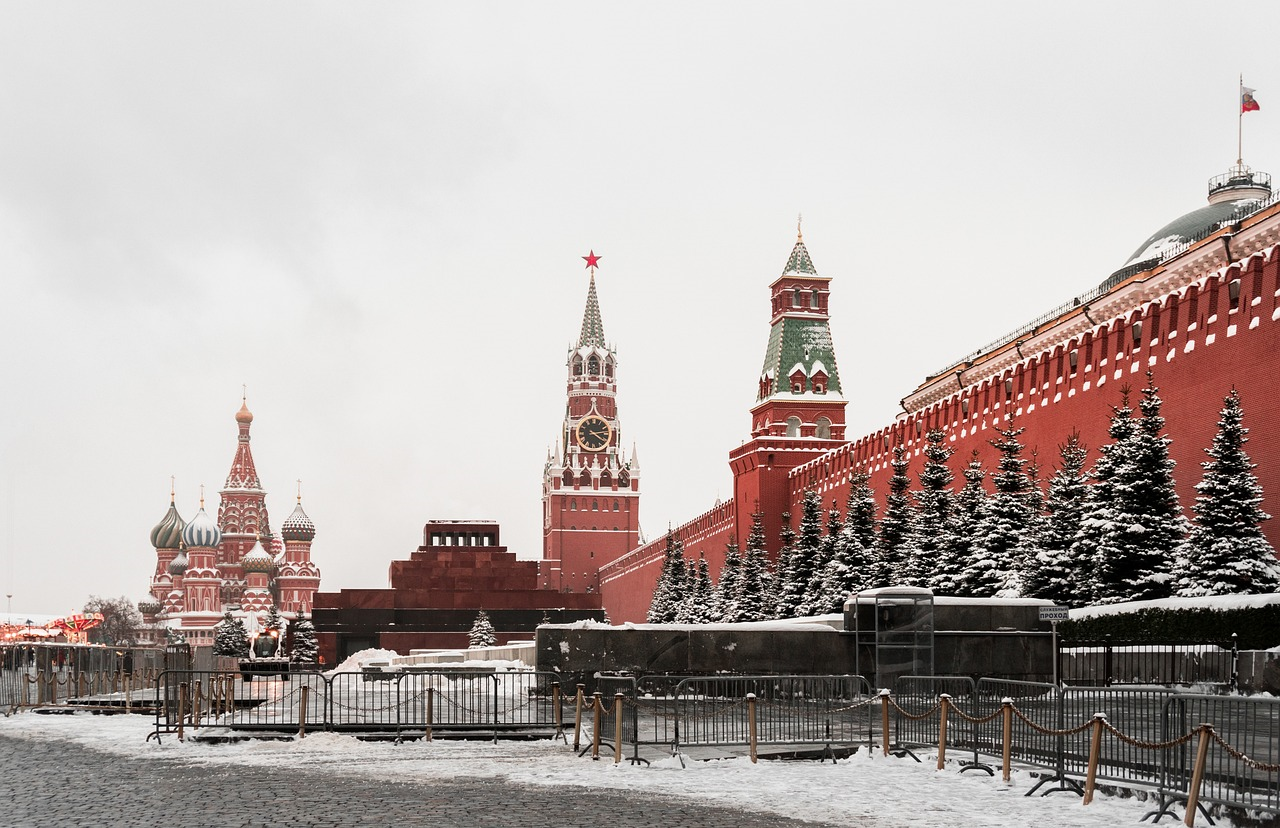Unit 12: The Fall of the Soviet Union and the End of the Cold War (1945-21st Century) Overview
Unit 12: The Fall of the Soviet Union and the End of the Cold War (1945-21st Century)

Unit 12: The Fall of the Soviet Union and the End of the Cold War (1945-21st Century)

Unit 12: The Fall of the Soviet Union and the End of the Cold War (1945-21st Century)
This unit emphasizes the rivalry between the superpowers during the Cold War and the course of events that ultimately resulted in the collapse of the Soviet Union and the end of the Cold War.
Collapse of the Soviet Union
During the 1960s and 1970s, the Communist Party elite rapidly gained wealth and power while millions of average Soviet citizens faced starvation. The Soviet Union’s push to industrialize at any cost resulted in frequent shortages of food and consumer goods. Bread lines were common throughout the 1970s and 1980s. Soviet citizens often did not have access to basic needs, such as clothing or shoes.
The divide between the extreme wealth of the Politburo and the poverty of Soviet citizens created a backlash from younger people who refused to adopt Communist Party ideology as their parents had.
The USSR also faced foreign attacks on the Soviet economy. In the 1980s, the United States under President Ronald Reagan isolated the Soviet economy from the rest of the world and helped drive oil prices to their lowest levels in decades. When the Soviet Union’s oil and gas revenue dropped dramatically, the USSR began to lose its hold on Eastern Europe.
Meanwhile, Gorbachev’s reforms were slow to bear fruit and did more to hasten the collapse of the Soviet Union than to help it. A loosening of controls over the Soviet people emboldened independence movements in the Soviet satellites of Eastern Europe.
Political revolution in Poland in 1989 sparked other, mostly peaceful revolutions across Eastern European states and led to the toppling of the Berlin Wall. By the end of 1989, the USSR had come apart at the seams.
An unsuccessful coup by Communist Party hard-liners in August 1991 sealed the Soviet Union’s fate by diminishing Gorbachev’s power and propelling democratic forces, led by Boris Yeltsin, to the forefront of Russian politics.
On December 25, Gorbachev resigned as leader of the USSR. The Soviet Union ceased to exist on December 31, 1991.
Unit Focus
- causes and effects of tensions between the Soviet Union and the United States
- conditions in the Soviet Union during the 1970s and 1980s that led to the breakup of the Soviet Union and the end of communism
- Mikhail Gorbachev’s views on glasnost and perestroika
- Boris Yelsin’s efforts to enact economic and political reforms
Vocabulary
Lesson Reading
Videos and Interactives (Click on Images to View Content)

